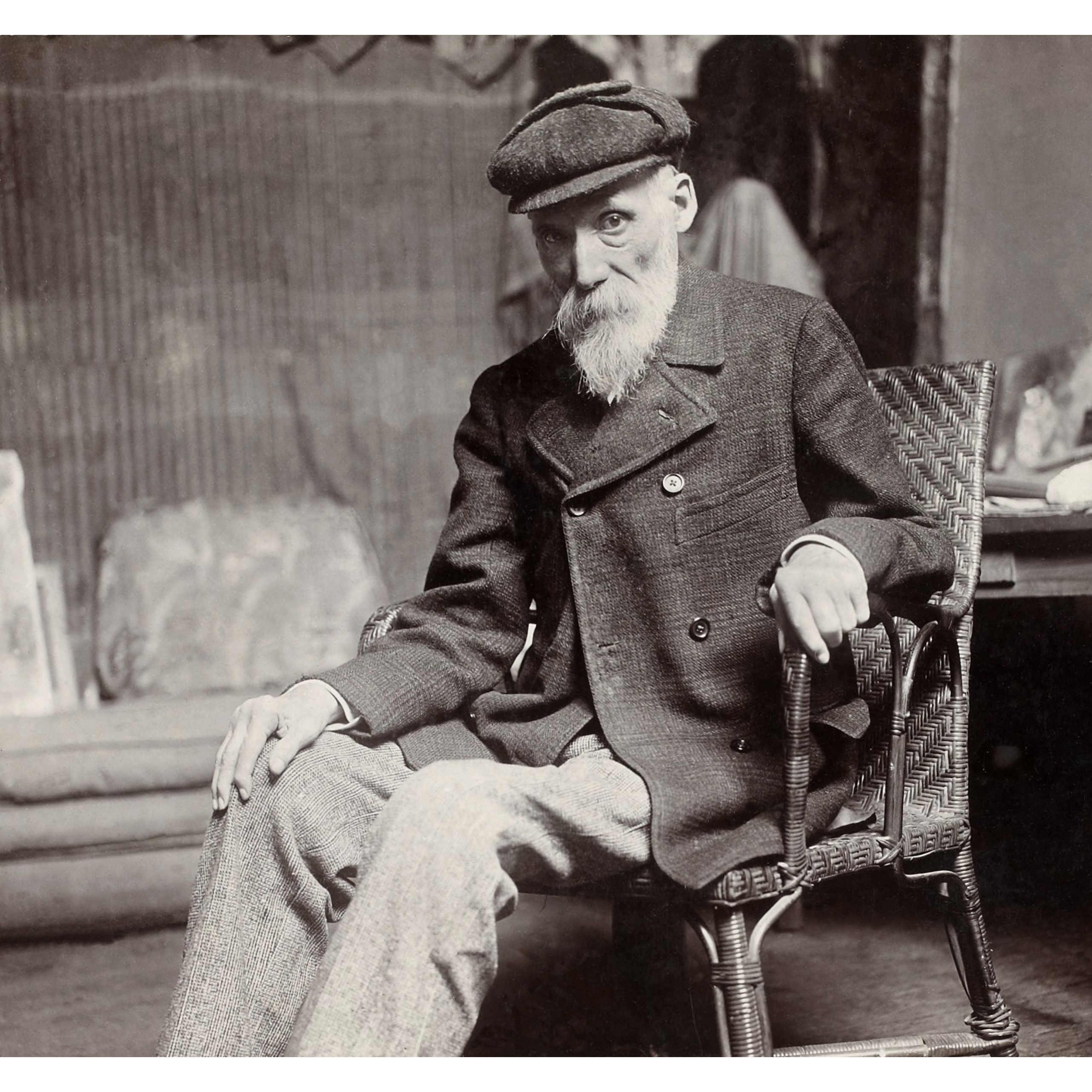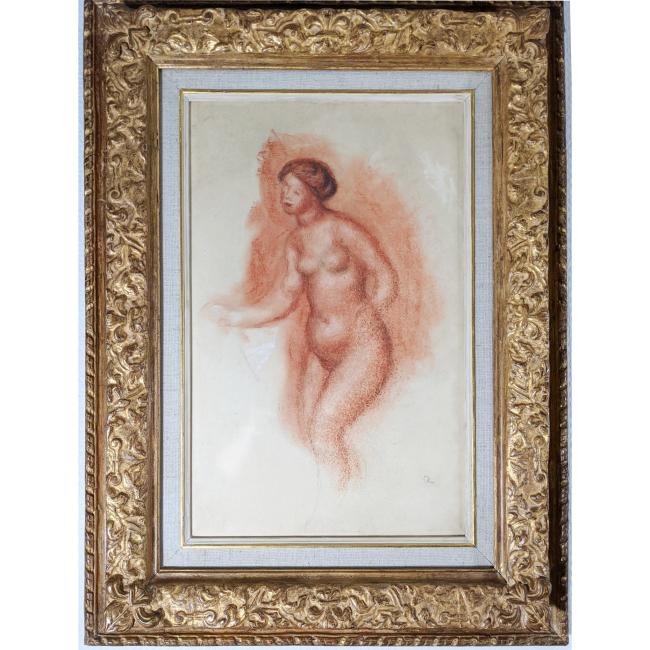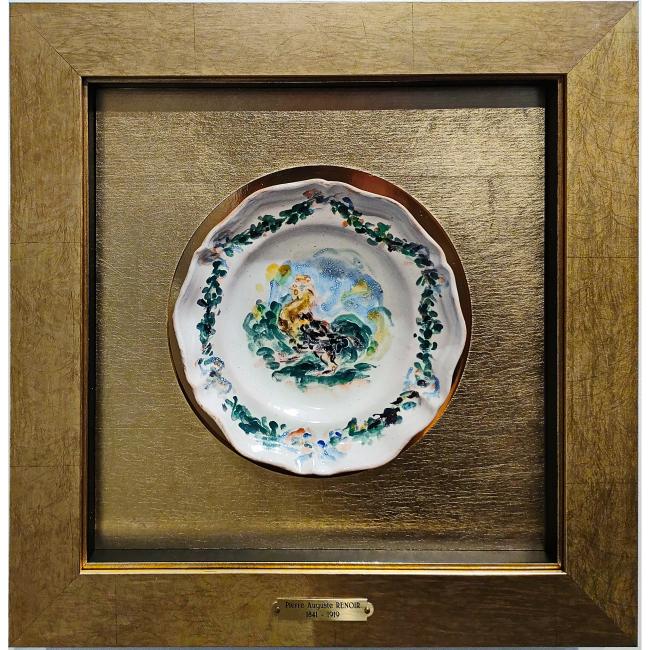Pierre-Auguste Renoir

Pierre-Auguste Renoir (1841–1919) is one of the most iconic figures associated with the Impressionist movement, to which he was a key contributor from its inception.
Born in Limoges to a modest family, Renoir began his career as a porcelain painter before enrolling at the École des Beaux-Arts in Paris. In the 1860s, he developed close ties with Claude Monet, Alfred Sisley, and Frédéric Bazille, with whom he explored a new pictorial language focused on plein air painting, natural light, and scenes of modern life.
In 1874, he participated in the first independent exhibition organized by this group of artists: an event that led the critic Louis Leroy to coin the term Impressionists, initially intended as a critique.
Renoir’s work is known for its luminous palette, vibrant brushwork, and recurring themes of leisure, portraiture, and the female figure. In the 1880s, he transitioned toward a more classical style, inspired by 18th-century French painting.
Despite suffering from severe rheumatoid arthritis, he continued to paint until the end of his life, often with a brush strapped to his hand. His works are now held in the world’s most prestigious museums, and his influence remains foundational to modern art history.




